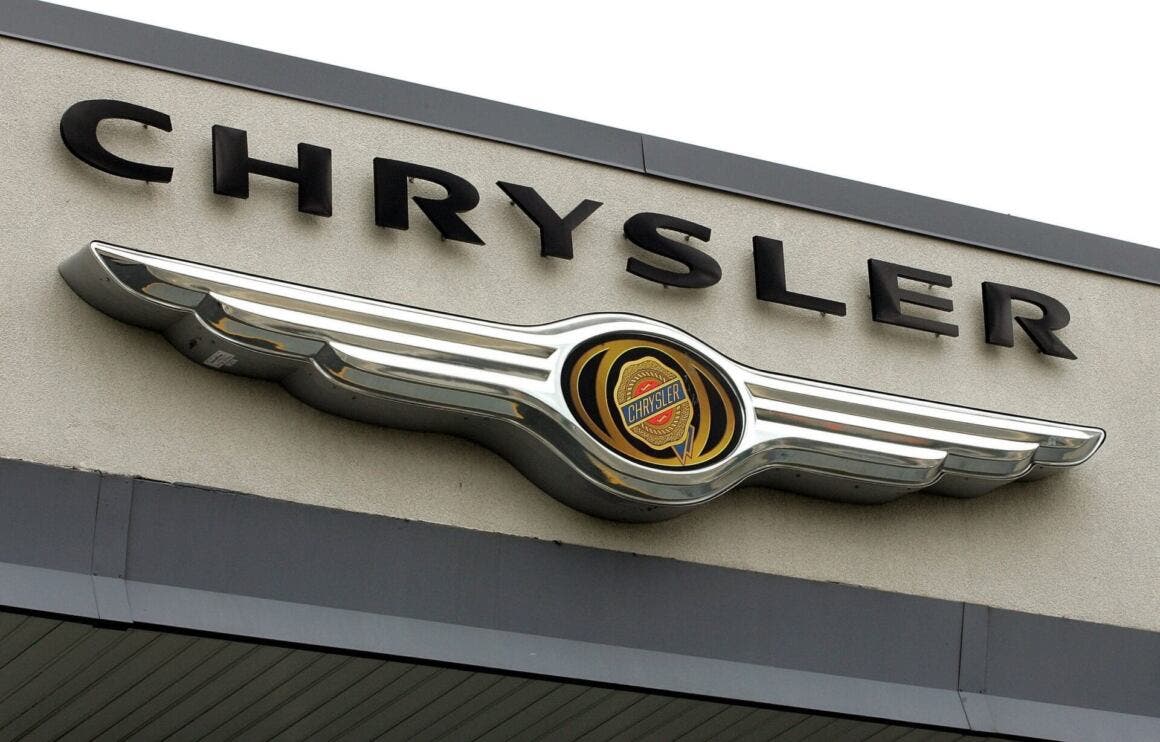In the history of the American automotive industry, Chrysler has always stood as a middle ground between accessible luxury and bold styling. Despite lower volumes compared to its Detroit rivals, some of its models became symbols of their era. Unfortunately, over time, the American automaker has faded into the background. Today, its lineup includes only one model: the Pacifica minivan. Sure, it continues to dominate its segment in the U.S., but a brand like Chrysler deserves to be on the front lines. In just a few weeks, the brand will celebrate its 100th anniversary (on June 6, to be exact), and enthusiasts are expecting big announcements. While we wait to see what Chrysler has in store, we’ve looked back at the brand’s best-selling models throughout its history.
Chrysler New Yorker (1940–1996)
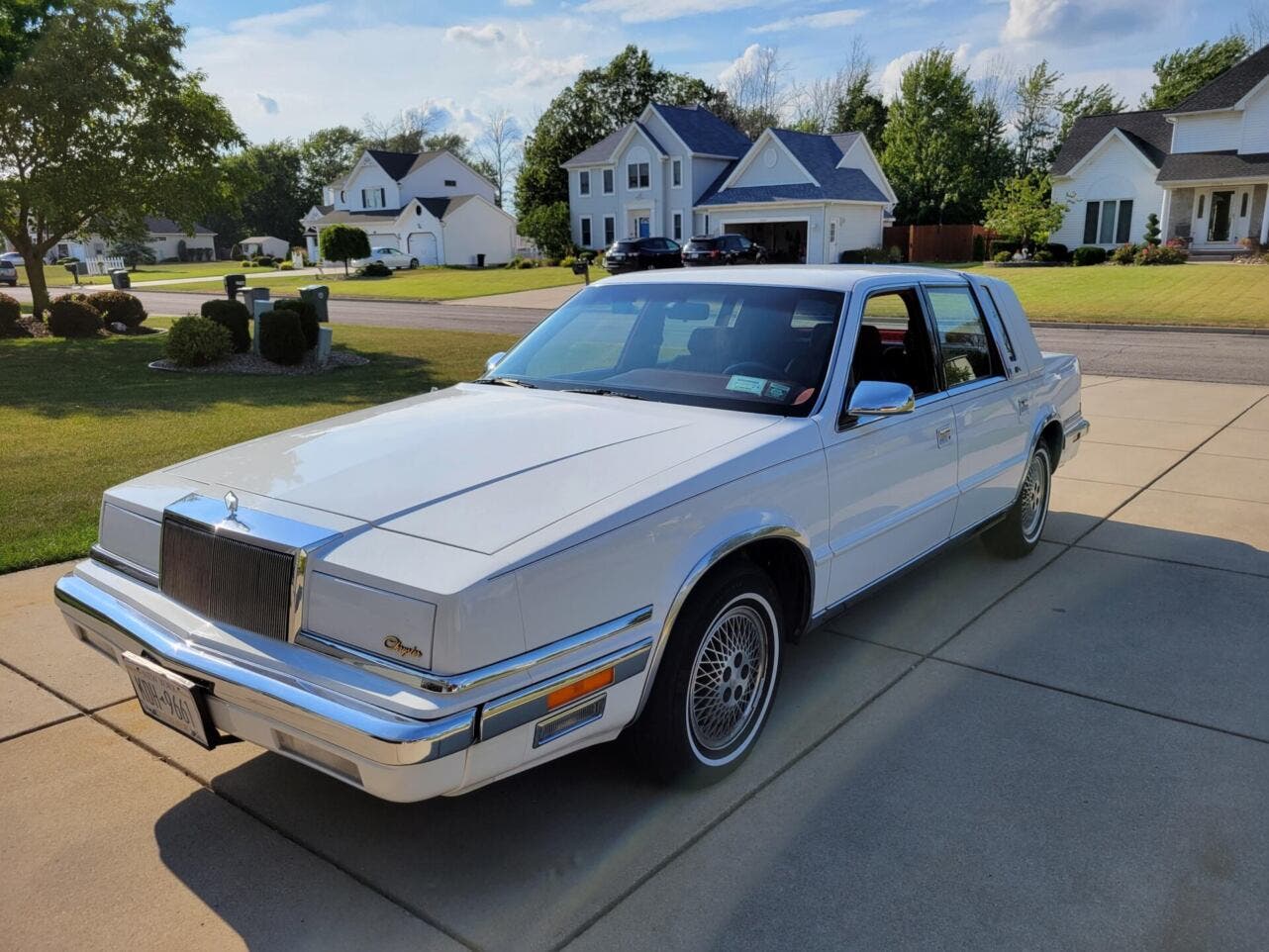
Produced for over half a century, the New Yorker was Chrysler’s flagship sedan. Evolving in size, style, and content, it always represented the peak of Chrysler comfort and technology. In the 1950s and 60s, it came with massive HEMI and RB 6.8-liter V8s, while later decades saw smaller engines like the 3.3 V6 and the 5.2 LA V8. Famous for its plush interiors, it became the go-to car for buyers seeking a no-compromise American sedan. Over its lifetime, the New Yorker sold about 2 million units, primarily in the United States.
Chrysler Town & Country (1941–2016)
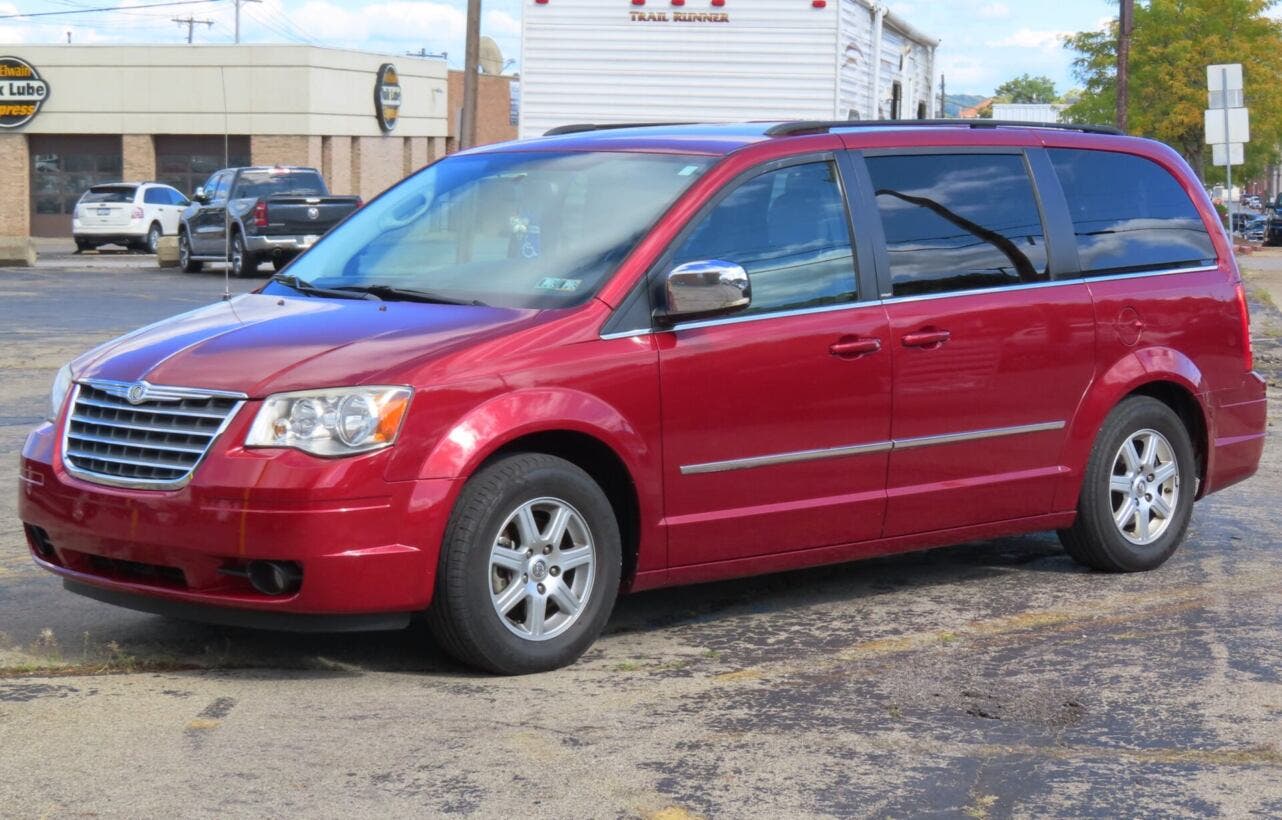
Originally launched in the 1940s as a wood-trimmed station wagon, the Town & Country evolved into a premium minivan by 1990, a role it maintained until the end of production. The minivan version featured various engines over the years, including the 3.3 V6 and the more recent 283-hp 3.6-liter Pentastar V6, known for its reliability.
Inside, it offered it all: power sliding doors, fold-flat “Stow ’n Go” seats, the Uconnect infotainment system with touchscreen, and even DVD players for rear passengers. It was the top choice for American families wanting space without giving up class. From 1990 to 2016 alone, it sold over 1.4 million units, paving the way for its successor, the Chrysler Pacifica.
Chrysler PT Cruiser (2001–2010)
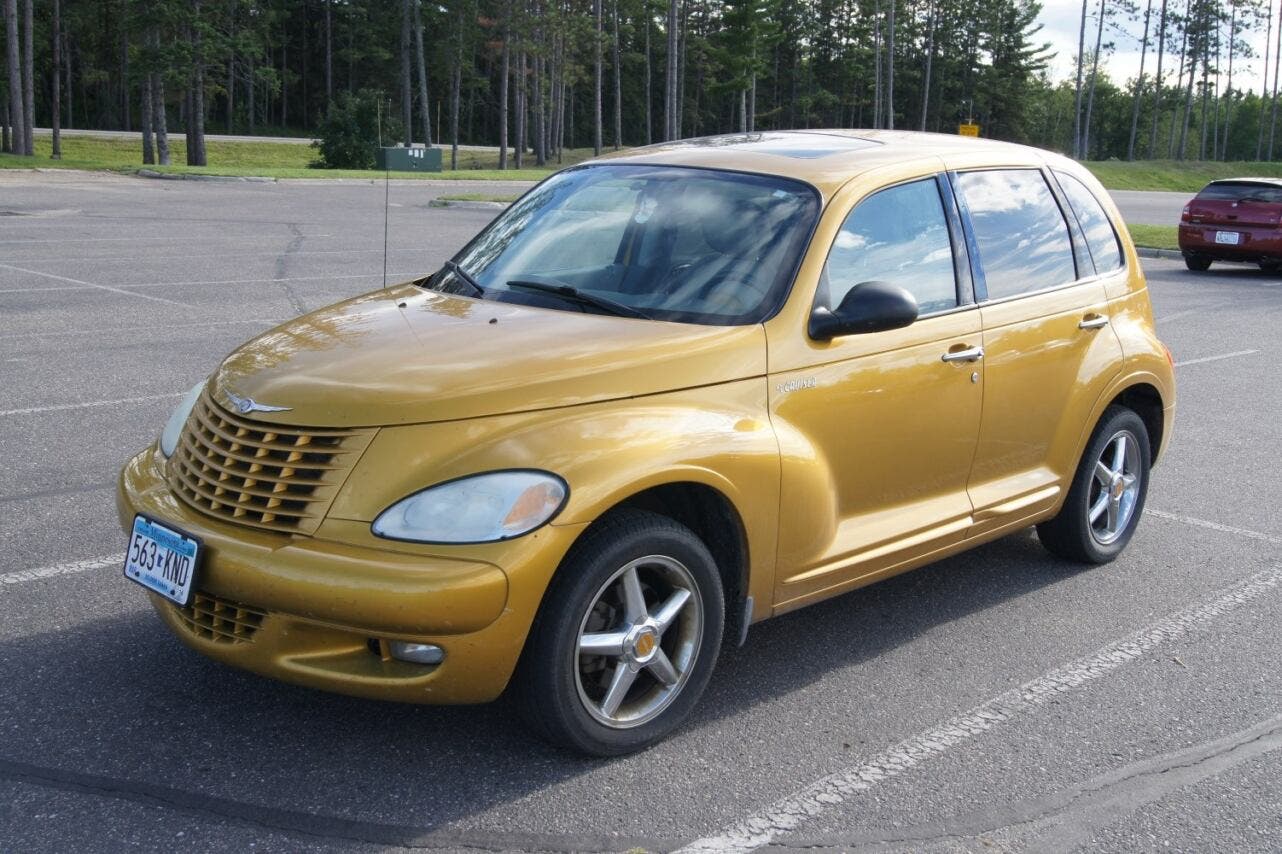
Designed with retro flair by Bryan Nesbitt, the PT Cruiser was a marketing masterstroke. Despite its vintage looks, it was based on the Neon platform. Under the hood, it featured four-cylinder engines, including a naturally aspirated 2.4-liter with 150 hp and a turbocharged 223-hp version in the GT.
Also available as a convertible, it boasted a modular trunk and surprising versatility for its compact size. Its iconic styling made it a symbol straddling two decades, with approximately 1.35 million units sold.
Chrysler 300 C (2005–2023)
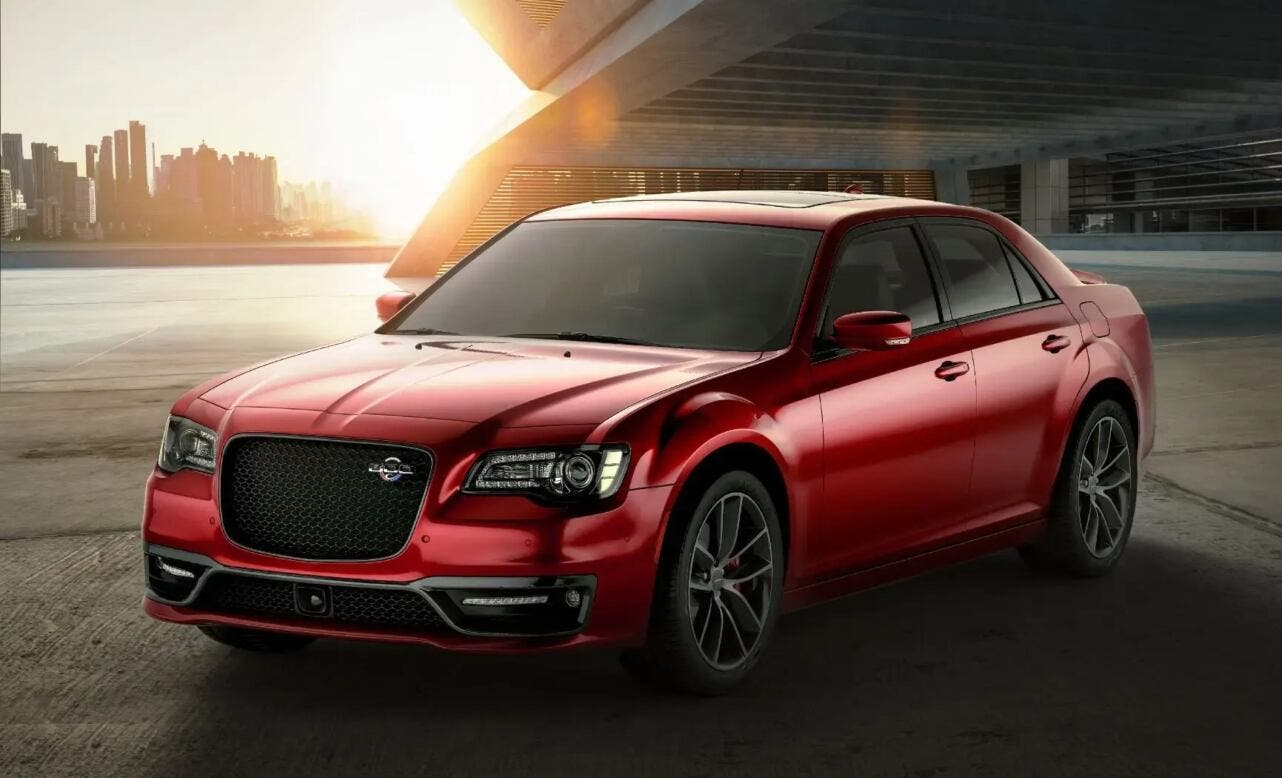
One of the most recognizable American sedans of the 21st century. The Chrysler 300 blended muscle-car aesthetics with premium comfort, built on a platform shared with the Mercedes E-Class W210. Offered with rear, or all-wheel drive, engine options ranged from the Pentastar V6 to the legendary 5.7-liter HEMI V8 with over 360 hp, and up to 470 hp from the 6.4 HEMI in the SRT version.
Praised for its bold looks, solid build, and highway prowess, it found success beyond the U.S. in markets like Canada, the Middle East, and Australia, totaling around 1.25 million units globally.
Chrysler Newport (1961–1981)
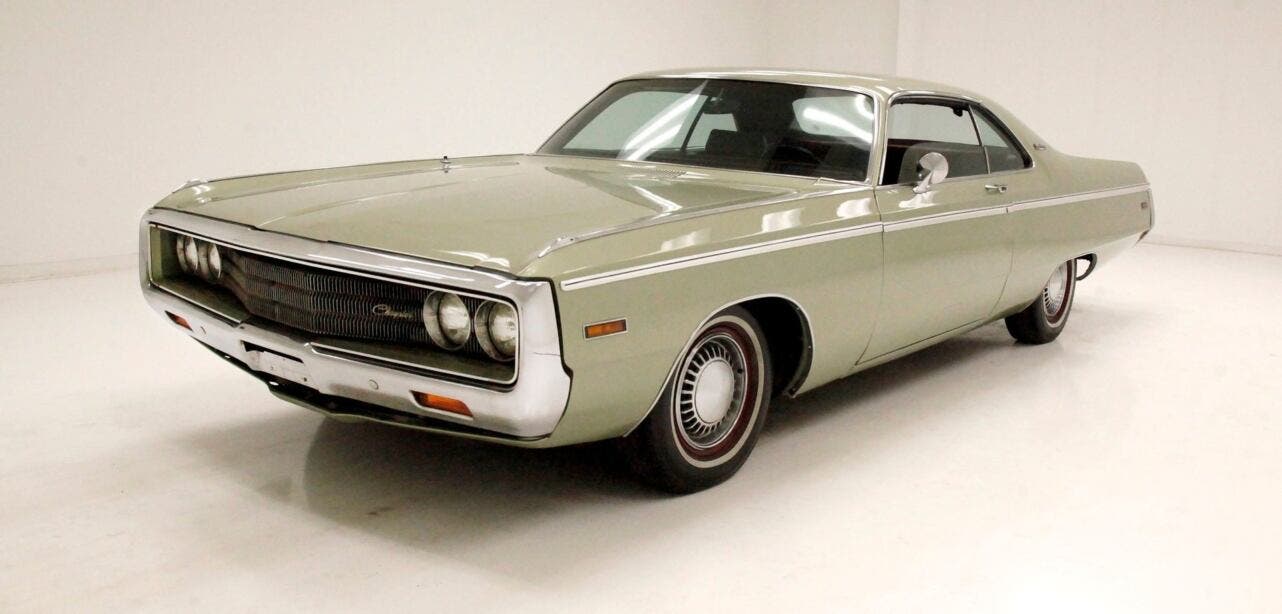
As Chrysler’s entry-level full-size model, the Newport gained popularity throughout the ’60s and ’70s. It typically featured V8 engines ranging from 5.2 to 7.2 liters, including the 440 Magnum delivering over 370 SAE horsepower. Despite being a “base” model, it offered huge dimensions, cruise-ship comfort, and a commanding presence. In 1966, it was Chrysler’s best-selling model, accounting for over 60% of the brand’s output. Over two decades, the Newport sold roughly 1 million units, figures that seem unlikely to return unless Chrysler unveils truly revolutionary vehicles in the coming years.
